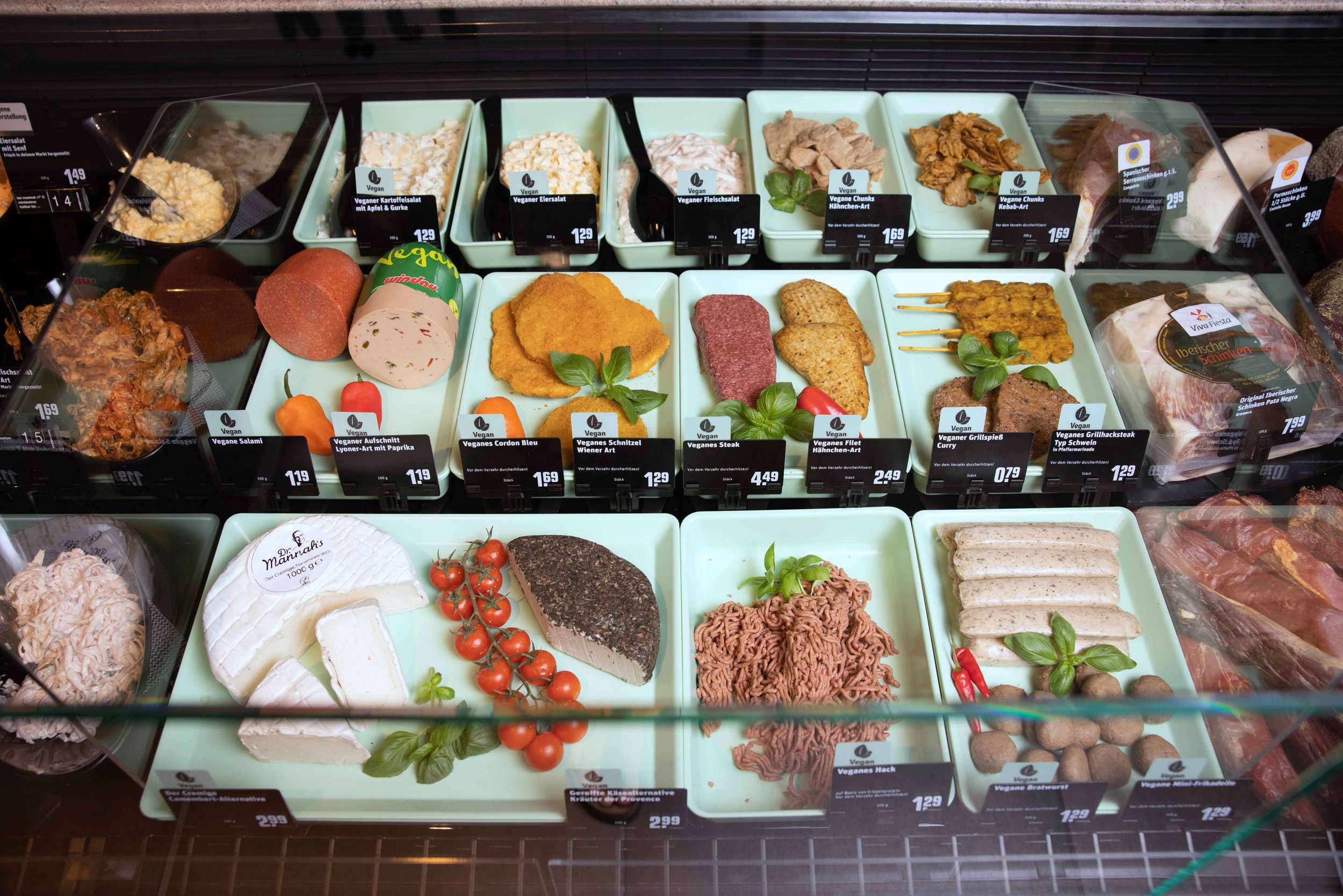
Herzlichen Glückwunsch
an die Gewinner 2023!
ONE OF THE WORLD-PREMIUM AWARDS
PRESTIGE
A Pure Thinking for Taste
Herzlichen Glückwunschan die Gewinner 2023! |
A.A. Taste Awards expect to commend excellent products in each field and enhance their positive influence. |
Evaluation Criteria
The value of the product is based on how well it performs.
It’s all about the good taste in life…
Appearance
The most important attribute of any food’s appearance is its color, especially when it is directly associated with other food-quality attributes, for example the changes that take place during the ripening of fruit or the loss of color quality as food spoils or becomes stale.
|
 |
ColorThe visual quality of food. Used to organize attributes such as color and consistency of size, it is one of the five dimensions used to evaluate food.
|
Aroma / OdorAs far as food and beverages are concerned, aroma compounds are volatile — they are perceived primarily with the nose, while taste receptors in the mouth are impacted when the food is chewed or the beverage is drunk.
|
 |
 |
TasteTaste can be used to determine whether a noticeable change has occurred in a food’s appearance, flavor, or texture as a result of storage, a change in processing methods, or the alteration of an ingredient.
|
|
 |
 |
CompositionFood composition is the determination of what is in the foods we eat and is the critical bridge between nutrition, health promotion, disease prevention, and food production.
|
PureAll additives are thoroughly assessed for safety before they are permitted for use, and they are only permitted to be used in a limited range of products and in certain amounts. These amounts are based on the Acceptable Daily Intake (ADI) calculated by the European Food Safety Authority (EFSA) from the results of safety tests. The ADI represents the amount that can be ingested daily over a lifetime without appreciable health risks. Approved additives are given a number and some are also awarded an “E”. An E shows the additive has been accepted as safe for use within the European Union. Even when an additive has been approved, regular repeat testing is required to maintain its status as “approved”. Food labels give information about most additives present in the list of ingredients so that consumers can make informed choices. Many food additives are chemicals that exist in nature such as the antioxidants ascorbic acid (vitamin C) and citric acid found in citrus fruits.
|
 |
OverallFor food and beverages, what separates great cooking from mediocre cooking is the attention to detail. Culinary detail becomes apparent in how flavors are artfully layered, not only in how inventive it is but also in its conceptual clarity. In addition, the best ingredients give you the best taste — the flawless combination of ingredients makes the whole meal more perfect.
|
A.A. TASTY
Nowadays, consumers care more about the naturalness of food. AA TASTY is a representative label, it’s a unique quality evaluation that can provide consumers with a safer choice among the many products to purchase.
AA Tasty’s evaluation is focused on good taste and overall performance. The selection criteria of the award are comprehensive and include the suggestions of specialists from various fields, such as chefs, columnists, reporters, nutritionists, doctors, professors, etc.
Because the A.A. Taste Awards have a comprehensive evaluation rank and content, it will be more pluralistic than other single-evaluated awards.
Undoubtedly, if the product has an anti-additive mindset, it will have particular advantages.
The A.A. Taste Awards are an incentive to excellence calling for a more conscious food system.
AA LIQUOR
Alcoholic beverages come in three types: fermented alcoholic beverages, distilled alcoholic beverages, and compound alcoholic beverages.
The selection is based on the three different types of alcoholic beverages. For example, fermented alcohol includes wine, beer, cider and perry. Of these, wine is divided into sparkling wine, fortified wine and table wine according to the production method and brewing degree.
Our selection not only focuses on professional flavor, taste and aroma, but, more importantly, on letting the wine tasters feel a truly good wine, achieving a “perfect balance” and letting the general public have a great taste.
-Fermented Alcoholic Beverage
All alcoholic beverages begin with the fermentation of a liquid food product containing sugar. Fermentation is the action of yeast acting upon sugar in a solution, which breaks down the sugar into carbon dioxide and alcohol. The CO2 escapes into the air, and the alcohol, a liquid, remains behind in the original liquid, which thus becomes a fermented beverage. Beers and wines are fermented beverages. Beer and ale are made from fermented grains. Wines are made from fermented grapes and other fruits.
What to Evaluate
Evaluation by Sight: Straight Angle View, Side View, Tilted View and Swirl
Evaluation by Smell: Fruit, Flowers, Leaves, Herbs, Spices & Vegetables Aromas, Wine Barrel Aromas and Secondary Aromas
Evaluation by Taste: Balanced, Harmonious, Complex and Complete
-Distilled Alcoholic Beverages / Spirits
While the definition of a liquor differentiates it as “distilled rather than fermented”, every distilled spirit begins with the fermentation of a base ingredient. The production of distilled spirits is based upon fermentation, the natural process of the decomposition of organic materials containing carbohydrates. The diluted wine with the alcohol content removed is more mellow, and has a stamina and strong aftertaste. The heated wine made by distilling the brewed wine has a low boiling point of fermentation, which is only about 78 degrees Celsius. Brandy, whisky, vodka, agave, rum, grain alcohol, etc., are all common distilled spirits.
What to Evaluate
Bouquet & Aroma: Malt, Hops, etc.
Appearance: Color, Clarity and Head Retention
Body: Mouthfeel, Light and Heavy
Overall Impression: Balance and General Opinion
-Compounded Alcoholic Beverages / Compounded Spirits
A liqueur is a sweet alcoholic beverage, often flavored with fruits, herbs, spices, flowers, seeds, roots, plants, barks, and sometimes cream. This refers to the dissolving of the flavorings used to make the liqueur. Liqueurs are not usually aged for long periods, but they may have resting periods during their production to allow the flavors to blend. Compound beverages are actually a mixed type of beverage made by blending the extracted flavors, sweetness and color from different plants, fruits, herbs and nuts, etc. The technology is the same as distillation, but flavors are also added by the steeping, maceration or percolation method.
What to Evaluate
Generally, compound alcoholic beverages are regarded as beverages, but we evaluate the “taste of balance” as the value of these drinks.
A.A. HALAL PLUS
The teachings of halal are line with the United Nations’ 17 interlinked global goals such as Zero Hunger and Life On Land. Therefore, the halal industry is regarded as a paradigm for sustainable development goals in the era of the Industry 4.0. Halal is also one of the healthiest diets.
Therefore, we want to further combine the concept of halal food with a clean label, namely AA Halal Plus, which allows consumers to identify excellent halal food at a glance.
A.A. PRIORITY PRODUCTS
As people’s living standards improve, everyone in our society should be able to have a good standard of living. Quality of life goes beyond your standard of living; the fact remains that in the pursuit of a good life, we tend to find fulfillment in positive expectations. Of course, cooking your own meals can give you much fulfillment.
Using the correct utensils for cooking ensures that you get the right taste for the dishes you are preparing. A.A. believes in improving the quality of life by designing excellent products to make life easier, enhancing living standards and finding satisfaction in life at the same time.
What do AA Priority Products focus on? read more.
A.A. NUTRITION
According to the Sustainable Development Goals (SDGs), “Zero hunger (No hunger)” and “Good Health and Well-Being” target improved nutrition and ensure healthy lives.
Today, supplementary foods or nutritional supplements are preparations intended to supplement the diet and provide nutrients, and increased demand for low-cost supplementary foods in countries with developing economies is predictable.
It is important to remember that dietary supplements are not meant to prevent, treat, or cure diseases.
We evaluate health supplements in the following ways: read more.




































